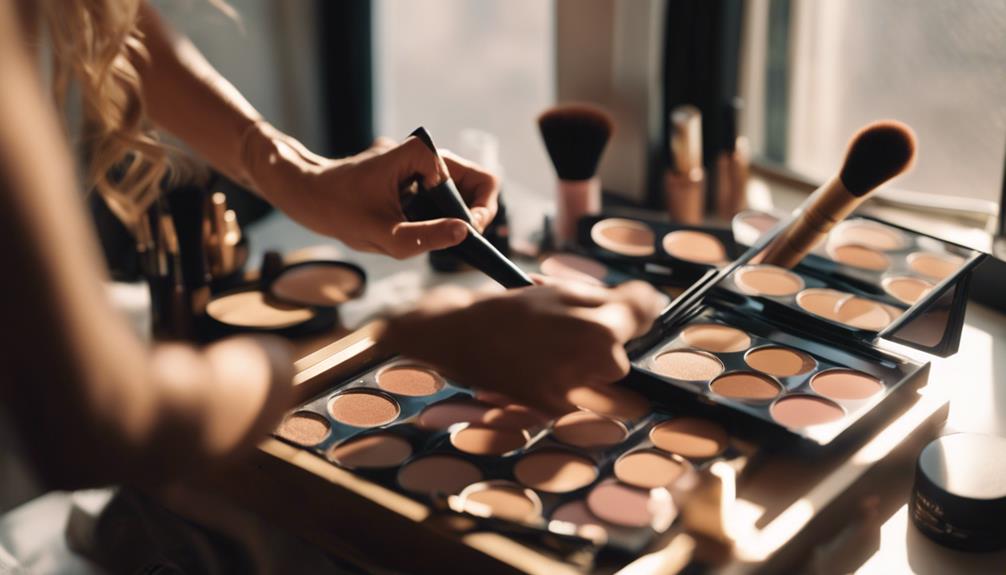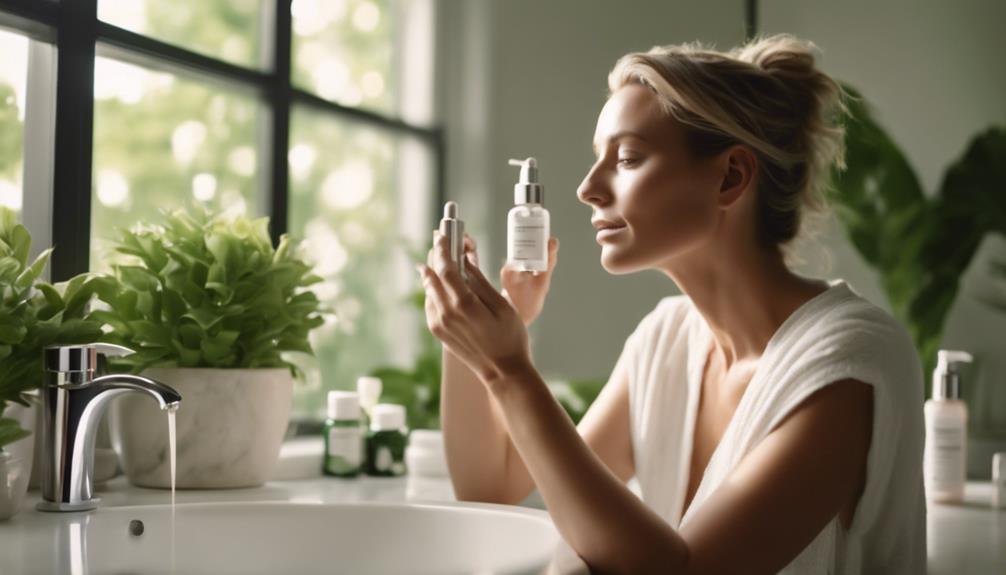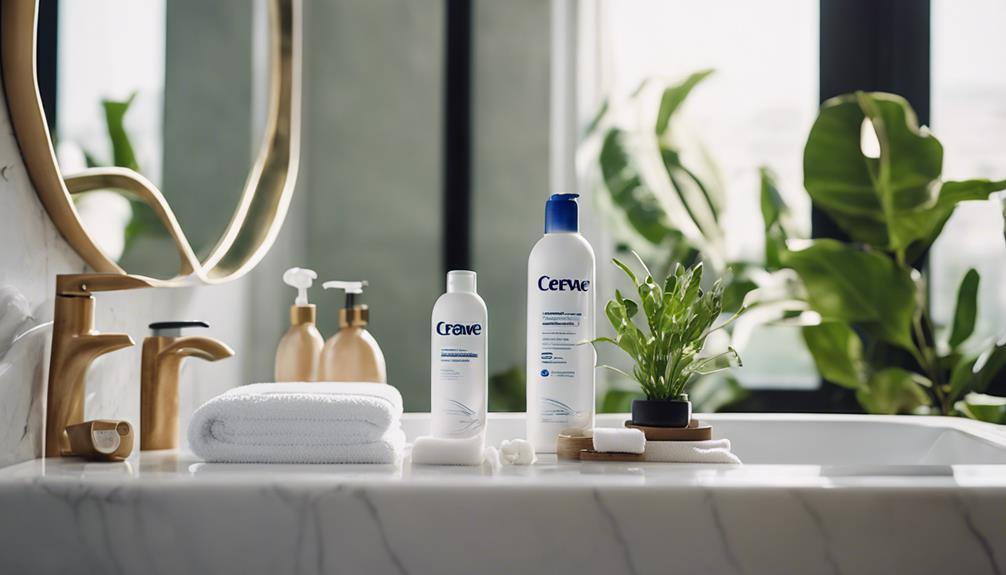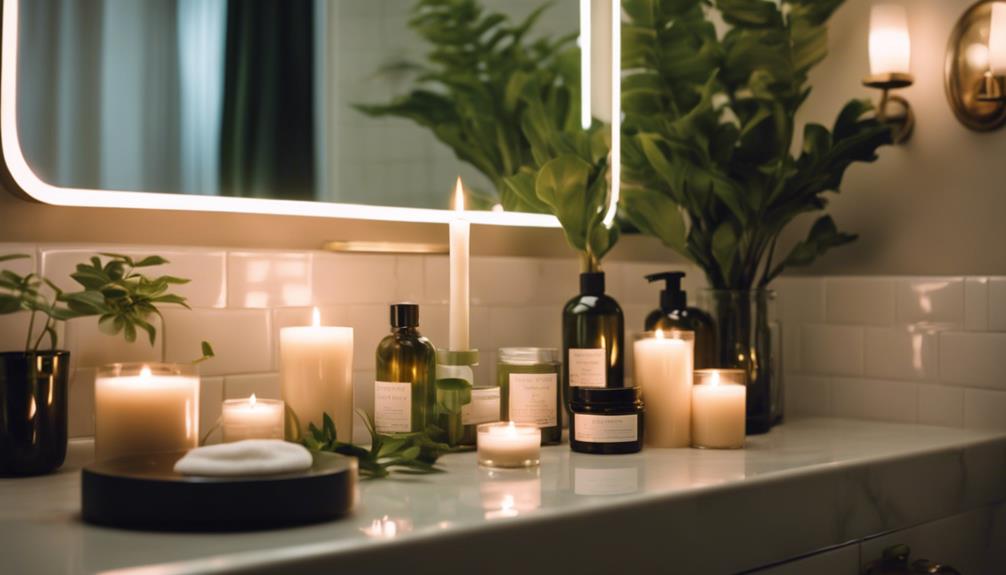Revealing glowing skin is completely achievable with some clever tanning advice! Firstly, understand your skin type – you wouldn’t want to treat your fair skin like it’s a sun-loving bronze, right? Begin with short tanning sessions to observe how your skin responds, and always wear protective goggles – your eyes will thank you! Moisturize before and after tanning for a smoother result, and make sure to stay hydrated; think of water as your skin’s best ally! Consuming colorful fruits rich in antioxidants will help keep your skin radiant and healthy. Stay tuned, as you will learn even more ways to shine brightly like a diamond! Once you have mastered the basics, consider using a gradual tanning lotion to achieve a natural-looking glow without exposing your skin to harmful UV rays. And don’t forget to exfoliate regularly to keep your skin smooth and prepared to absorb that radiant glow. By following these clever tanning tips, you can unlock a radiant complexion and enjoy the confidence that comes with having healthy, luminous skin.
Key Takeaways
- Identify your skin type to customize tanning sessions and minimize the risk of burns.
- Start with shorter tanning sessions, gradually increasing duration based on skin tolerance.
- Choose the appropriate tanning bed for your skin type to enhance safety and results.
- Prepare your skin through cleansing, exfoliation, and moisturizing for an even tan.
Understanding Your Skin Type
Understanding your skin type is essential for safe and effective tanning, as it directly influences how your skin reacts to UV exposure.
Imagine your skin as a unique canvas—some folks have fair skin that burns like toast, while others have darker skin that can handle more sun.
Have you ever wondered why your friend tans so easily? It's all about that skin type! If you know you're fair, you'll want to take it slow to avoid turning into a lobster.
On the flip side, if you're an experienced tanner, you might be ready for longer sessions.
Ignoring your skin's sensitivity can lead to serious risks, so always remember: knowing your skin type is your first step toward a gorgeous glow!
Customizing Your Tanning Sessions

To achieve the best tanning results, customize your sessions based on how your skin responds to UV exposure. Start with shorter sessions to see how your skin handles the rays, and don't forget to give it some time to recover—24 to 48 hours is key! Quality over quantity is the name of the game. Check out the handy table below to help you plan your tanning sessions:
| Skin Type | Recommended Session Length | Recovery Time |
|---|---|---|
| Fair | 5-10 minutes | 48 hours |
| Medium | 10-15 minutes | 24-48 hours |
| Olive/Dark | 15-20 minutes | 24 hours |
Choosing the Right Tanning Bed
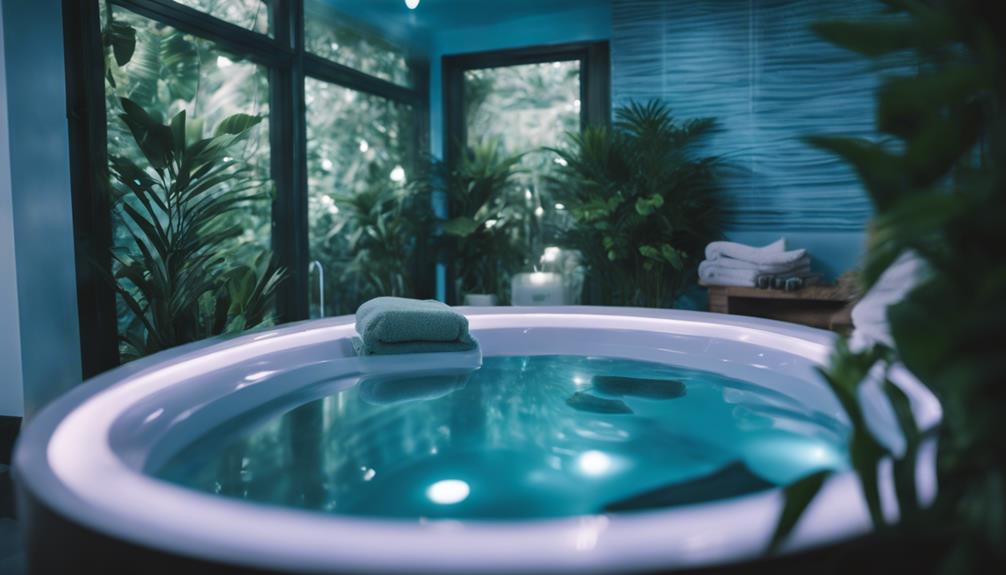
Selecting the right tanning bed is essential for achieving your desired tan while minimizing skin damage.
Think of it like choosing the perfect pair of shoes—you want something that fits just right!
If you have fair skin, go for gentler beds with lower UVB rays; they're like comfy sneakers that won't pinch.
For medium skin, versatile beds with a balance of UVA and UVB are your go-to.
Now, if you've got olive skin, why not ramp it up with more intense beds for a deeper glow?
And don't forget your protective goggles—your eyes deserve a break from those rays!
Pre-Tan and Tanning Protocols

Before you step into the tanning bed, it's crucial to prepare your skin properly to guarantee an even and lasting tan.
First, hop in the shower for a quick cleanse, washing away dirt and oils. Then, exfoliate your skin—think of it as polishing a car before a big show! This removes dead skin cells, helping you achieve that smooth, radiant finish.
Don't forget to moisturize afterward with a light lotion, keeping your skin hydrated. Drink plenty of water to keep your skin glowing, and pop on some SPF lip balm to protect those lips.
Finally, wear protective eyewear—your eyes deserve a break from those UV rays.
Now you're all set for that sun-kissed look! Ready to shine?
Tanning Lotions and Aftercare
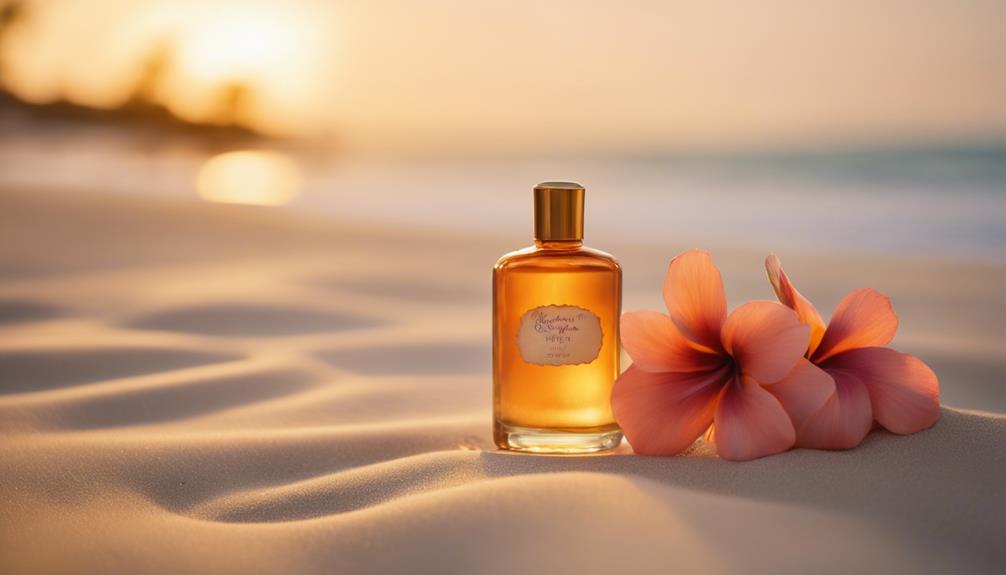
After prepping your skin, choosing the right tanning lotion and following proper aftercare can greatly enhance your tanning results.
Think of tanning lotion as your sun-kissed sidekick; it helps you achieve that perfect glow! Always pick indoor tanning lotions designed for beds, and apply it evenly—no one likes a patchy tan, right?
After your tanning session, treat your skin like royalty. Use a light, non-oil-based moisturizer to lock in hydration and wait 48 hours before showering. This waiting game helps your tan settle in.
If you want to keep your glow longer, moisturize often! Remember, your skin deserves some love, so pamper it to keep that radiant look shining bright. Who doesn't want to sparkle?
Hydration and Nutrition Tips

Keeping your skin hydrated and nourished is essential for achieving a longer-lasting tan and maintaining its health.
Think of your skin like a sponge—it needs water to stay plump and happy! So, drink plenty of water, and don't forget to munch on juicy fruits like watermelon and oranges for that extra hydration boost.
Limiting caffeine and alcohol can help too, since they can dry you out faster than you can say “tan-tastic!”
Incorporate healthy fats from avocados and nuts into your meals; they're like a spa day for your skin!
Plus, citrus fruits can help your body produce melanin, which means a safer tan.
What's your favorite hydrating snack? Remember, a little care goes a long way!
Antioxidants for Skin Protection

Antioxidants are essential for protecting your skin from UV damage and promoting a healthy, glowing complexion. Think of antioxidants as your skin's superheroes, fighting off those pesky free radicals that can cause harm after tanning.
You can boost your skin's defenses by munching on colorful fruits and veggies like berries, spinach, and avocados. They're packed with vitamins C and E, which are fantastic for skin recovery.
Plus, applying antioxidant-infused moisturizers post-tanning is like giving your skin a cozy blanket after a long day. So, next time you're enjoying a delicious smoothie or a vibrant salad, remember, you're not just treating your taste buds; you're also helping your skin shine bright! How cool is that?
Frequently Asked Questions
Can Tanning Beds Cause Skin Aging Over Time?
Yes, tanning beds can cause skin aging over time. The UV rays damage collagen and elastin, leading to wrinkles and sagging. To maintain youthful skin, limit tanning bed use and prioritize skin protection strategies.
How Often Should I Tan for Optimal Results?
To achieve ideal results, you should tan 1-3 times a week, depending on your skin type. Start with shorter sessions, allowing recovery time between to avoid overexposure and maintain a healthy glow.
Are There Any Medications That Affect Tanning Safety?
Yes, certain medications can increase your sensitivity to UV rays, making tanning less safe. Always check with your healthcare provider about any prescriptions or over-the-counter drugs you're taking before tanning to guarantee your safety.
Can I Tan if I Have Tattoos?
Yes, you can tan with tattoos, but be cautious. Protect your tattoos with sunscreen to prevent fading and consider covering them. Always consult a professional for personalized advice on maintaining skin health while tanning.
What Are Signs of Overexposure to UV Light?
Signs of overexposure to UV light include redness, blistering, peeling skin, and increased sensitivity. You might also experience headaches, dizziness, or fatigue. If you notice these, it's essential to seek shade and hydrate immediately.
Conclusion
So, whether you're dreaming of a sun-kissed glow or just trying to avoid the dreaded lobster look, smart tanning is your best friend!
By understanding your skin type and following these tips, you can shine bright without sacrificing your skin's health.
Remember, it's all about balance—enjoying the sun while protecting your skin is the ultimate goal.
So, grab your favorite tanning lotion and get ready to glow, but always keep that sunscreen handy!

